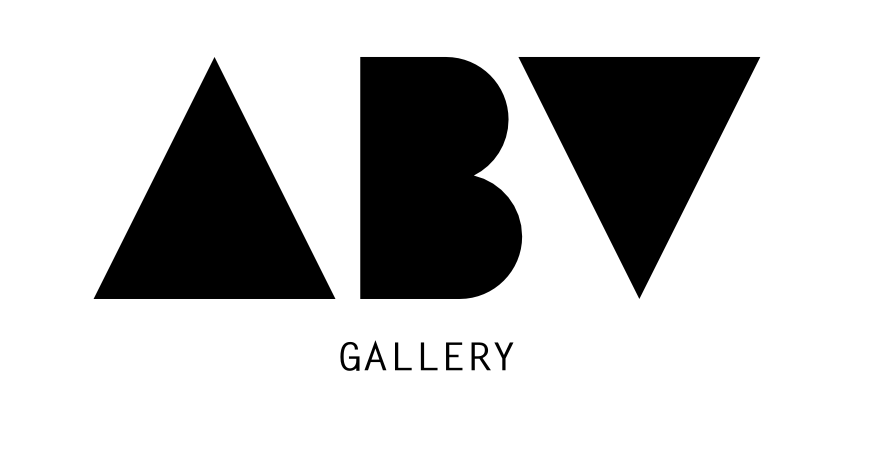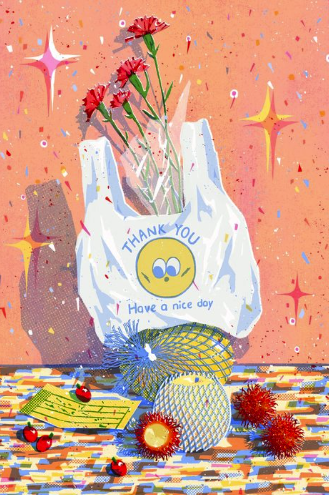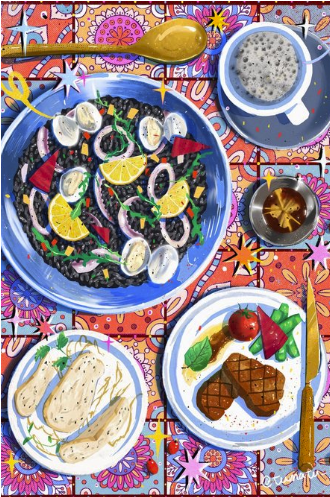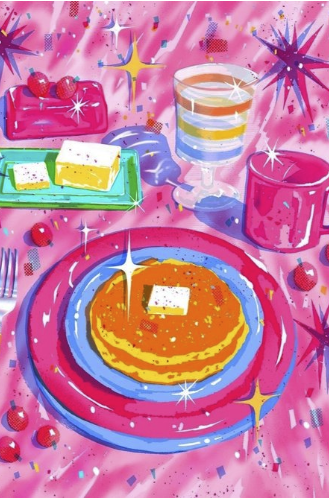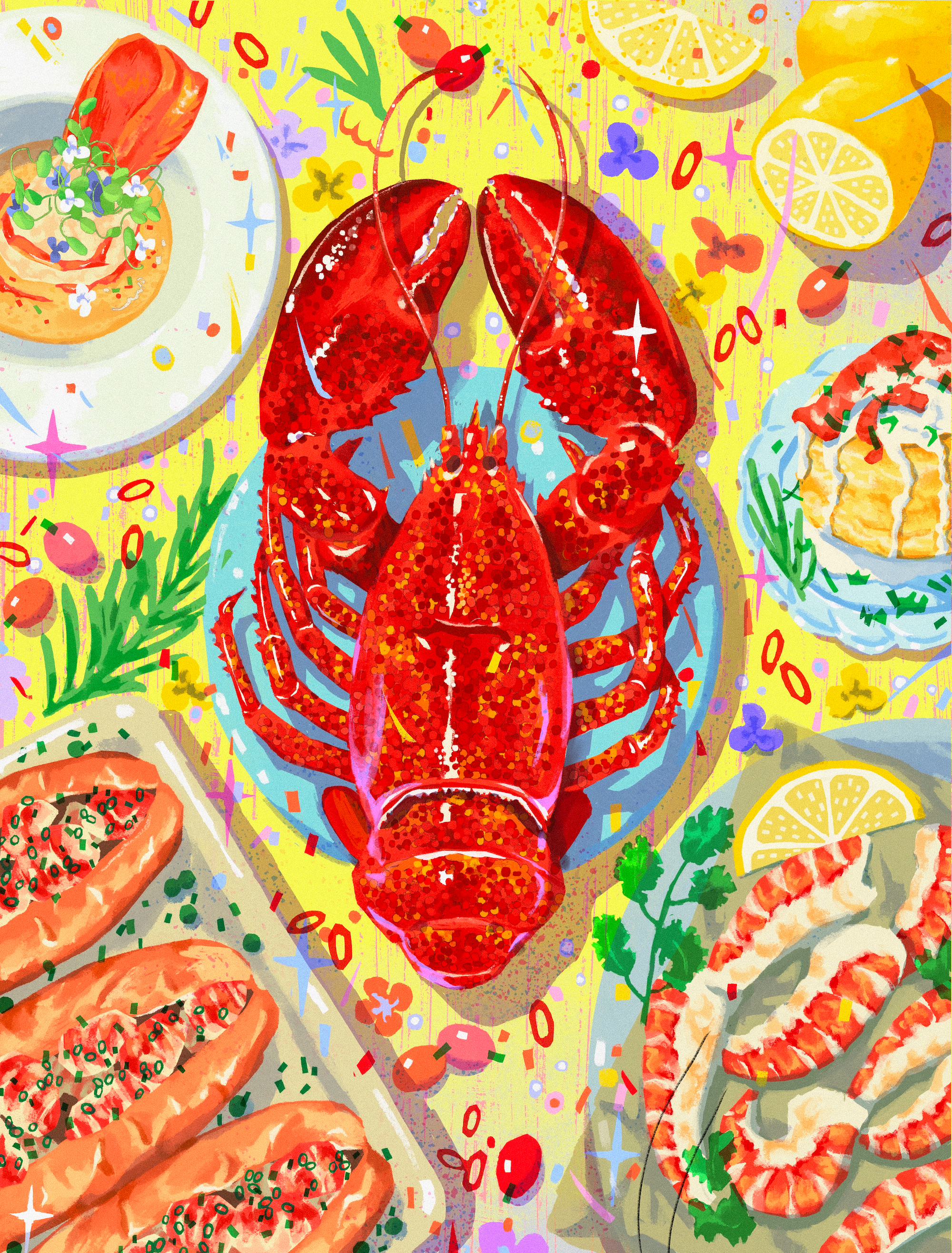Artist Spotlight: Fangyu Ma
Fangyu Ma is known for her colorful illustrations featuring cheerful scenes surrounding food and culture. We had the pleasure of interviewing her about a unique past project that deviates significantly from her usual style and subject matter.
In her short film called 'Self Portrait,' Ma delves into darker themes that explore past trauma and emotional release. Keep reading to discover more about the inspiration and artistic process behind 'Self-Portrait.'
Fangyu Ma is a Chinese illustrator and designer based in Atlanta. She graduated from Savannah College of Art & Design (SCAD) for a M.F.A degree. Most of her artworks are created digitally. She also loves exploring and applying different media and materials on her work to illustrate story vividly. People described her work as bright and whimsical.
- Matuart.net
How did your time at SCAD shape your artistic vision and approach?
My three years at SCAD were where my illustration career began, witnessing and shaping everything about me. My undergraduate major was interior design but I changed my direction due to my passion for illustration. Looking back at the exercises and assignments when I first enrolled compared to the relatively mature style of my current works, I find it hard to believe they came from the same person.
It's no exaggeration to say that I spent almost all my time drawing during my school years. I wanted to complete the "10,000 hours" rule as soon as possible and extend my graduation time as much as possible. Honestly, even by the end of the second year, I was still afraid of graduating because I knew that "completing assignments" and "graduating" couldn't guarantee becoming a professional illustrator. That said, I wasn't exactly a good student, I often dozed off in early morning online classes and rarely completed assignments that I was particularly proud of. Maybe as a form of compensation, I practiced as much as possible outside of class and drew things I liked.
During this process, I gradually found and established my own style. I felt supported by both the campus atmosphere and the professors. My first commercial collaboration was with SCAD; they used my work as the wrap for the Savannah campus shuttle and displayed it on the screen at the entrance of the Atlanta campus. This provided significant encouragement for me as a student. I'm deeply grateful for the support, help, and patience of my professors, especially Rick. Even emails sent late at night were replied to immediately, which often surprised and touched me. Their impact on me was not just about drawing, but also about shaping a professional attitude and character.
Can you tell us more about your short film Self-Portrait?
I'm surprised and happy you asked about this. Thank you for paying attention to my other works~ It's a piece completely different from my other illustrations in theme, expression, and style. It's an extremely personal creation where I used an abstract approach to convey a dark, harassment-filled growth experience. I'm not good at expressing myself with words, but I had a long-standing desire to express this issue, so I chose to draw it. I used pencil-like brushes to mimic the clumsy strokes of a child, focusing more on describing feelings than narrating a story. I aimed to make the visuals as beautiful as possible, even though the black-and-white effect and the subject matter itself might discomfort viewers.
This contradiction is what I intended. This was a project completed in an animation elective class where the professor asked us to create a short loop animation. Suddenly, I felt this format perfectly matched my feelings. It's like going from start to finish and back to start, I might seem the same, but everything inside me has turned upside down.
What did your creative process look like?
Tediously staring at the electronic screen with a random music playlist in the background.
What themes and messages do you hope viewers take away from Self-Portrait, and how do you see it contributing to the larger conversation around mental health and self-awareness?
Honestly, after completing this work, my feelings about the incident weakened significantly. I no longer had any desire to express anything about it, as if the small/weak me and her ambitions were fulfilled. As if her cries were no longer important. I want to directly quote what I said then because I can't say it any better now than I did at that moment.
‘The content of the short film is not only about the trauma and effects of a terrible experience on the artist's childhood but more about the artist seeing herself and her brain as a container. Recalling events and expressing her feelings seems to be her only remaining choice and right. To be seen, and to be heard is the driving force and the reason for her creations. Personal experience is the part that most directly reflects the individual. Changing the perception of memories is the way to realize your true self. The artist wants to emphasize the initiative of one's self-awareness and the importance of reinventing oneself. The past cannot be changed, but hopefully today we have the courage to continue living and the ability to lift others from the drowning water.’
Your artwork is often described as bright and whimsical, did you incorporate this aesthetic into ‘Self-Portrait’?
Bright creations are a market-oriented choice, a way to establish a personal brand or image; ‘'Self-Portrait’ is a completely personal and self-expressive piece, where style serves the content. They have never been incorporated together. The formation of my bright style was completely accidental, a product of extensive practice, unexpected by me as a student. I was trying to break free from my habitual thinking and feelings, not limiting myself to drawing similar things, whether in color, technique, or theme. I sought breakthroughs, wanting to draw things I had never drawn before.
‘Self-Portrait’ was a self-imposed topic; whether others truly accepted and understood it was not as important as my urgent desire to express myself at that time. In my subjective perception, illustration is a service industry, serving text, brands, clients, and the market, relatively restrained and rational. Self-Portrait leans more towards art and self-expression, but its part about healing others is expressed through words. I don't believe that watching the film itself really has a healing effect. Words might help better understand its background and origin.
Conversely, the intuitive brightness and cheerfulness of still-life illustrations may bring viewers direct happiness, even though initially I might not have fully embraced such purely aesthetic creations. So sometimes, the outcome contradicts the original intention.
Lastly, I'm grateful for this interview with ABV because my responses in many previous interviews have been similar, with everyone's focus on my still life works, rarely caring about what I wanted to express with my Self-portrait, the relationship between these two styles, and their relationship with me. Thank you for giving me the opportunity to truly talk about myself, my work, and my journey. Thank you for listening to the complete me.
Available Work by Fangyu Ma
Everything about lobster (2023)
